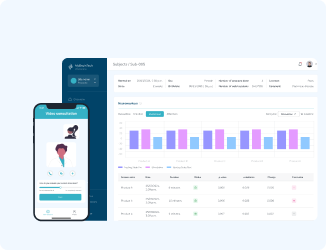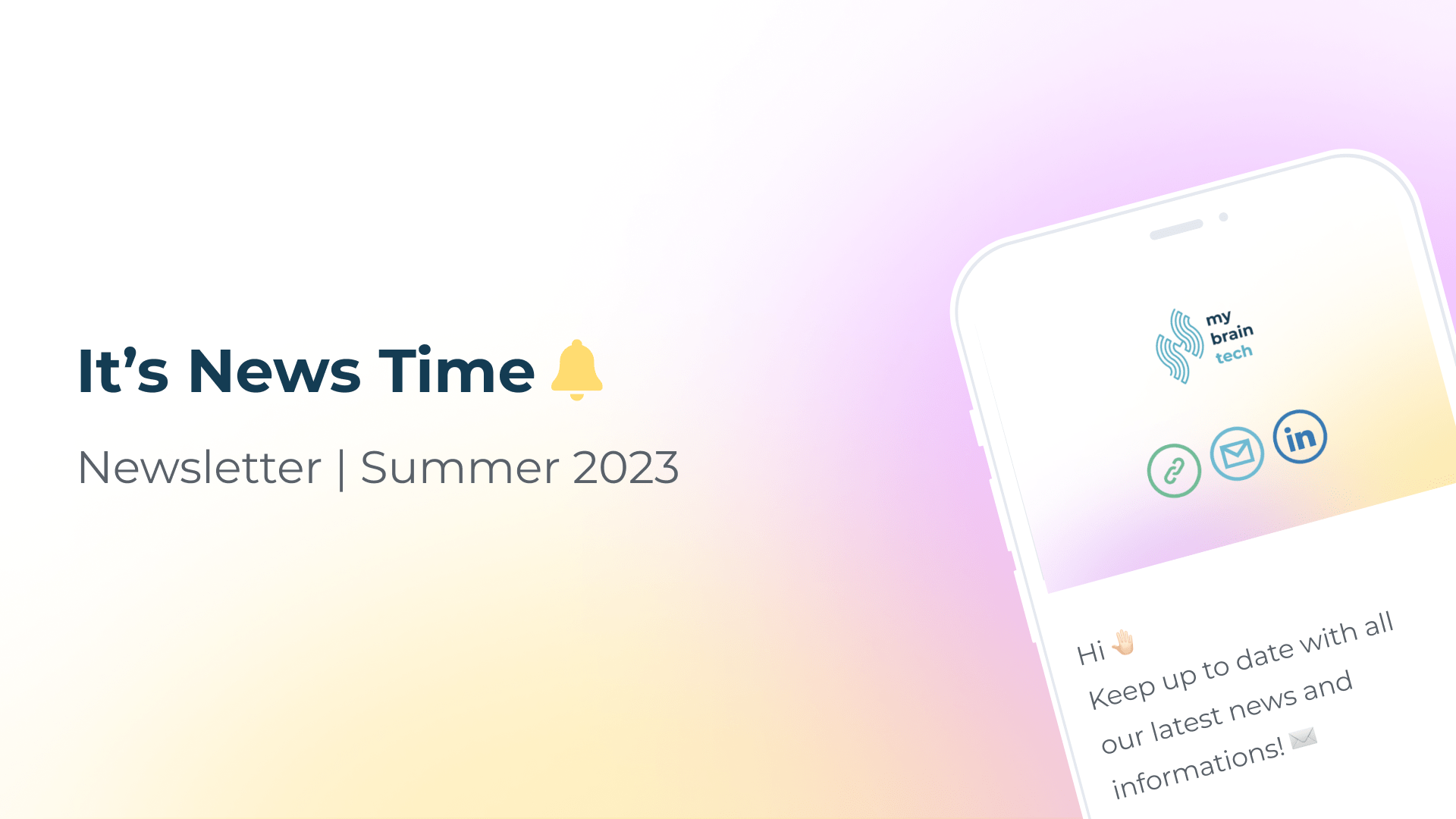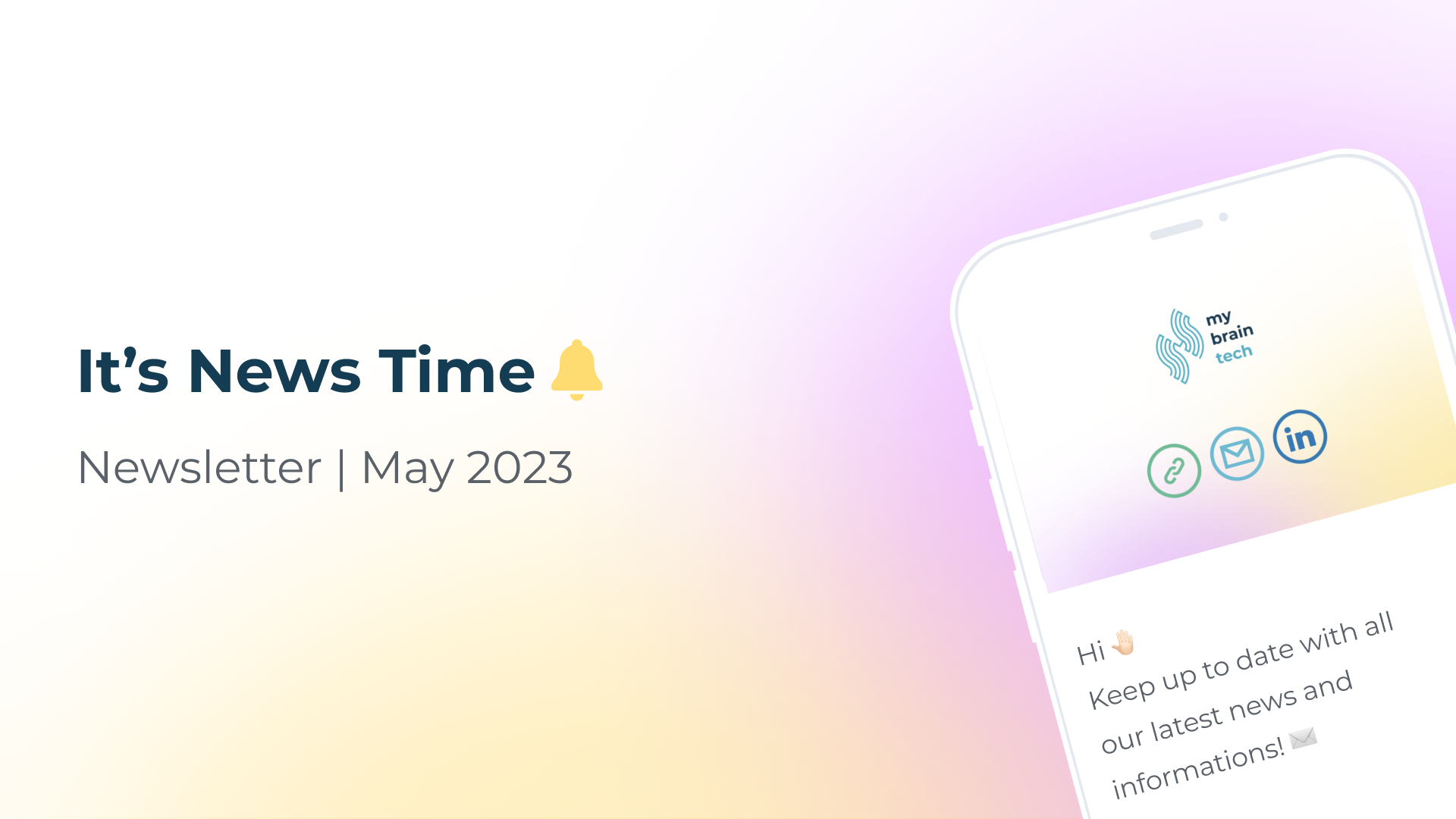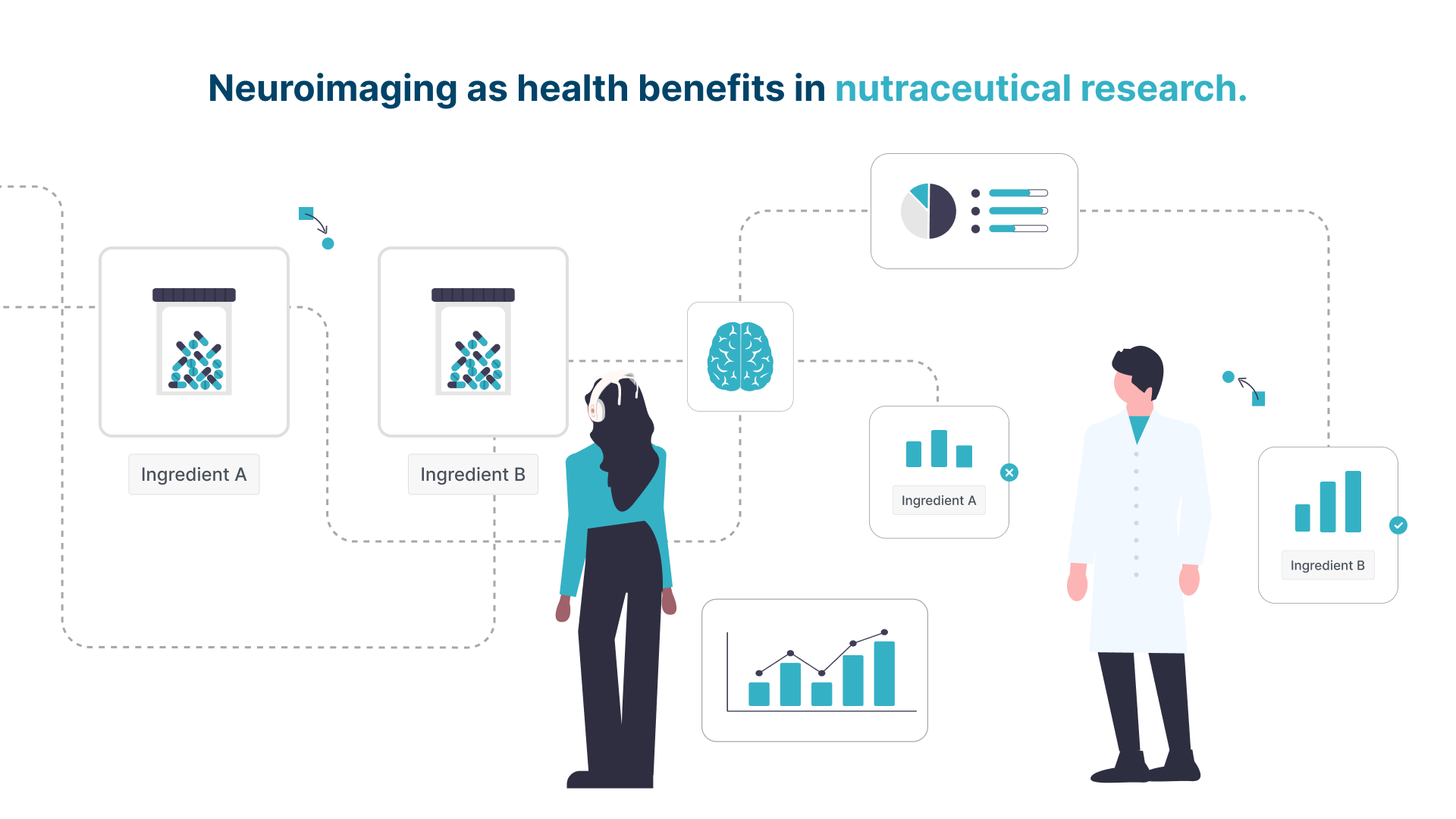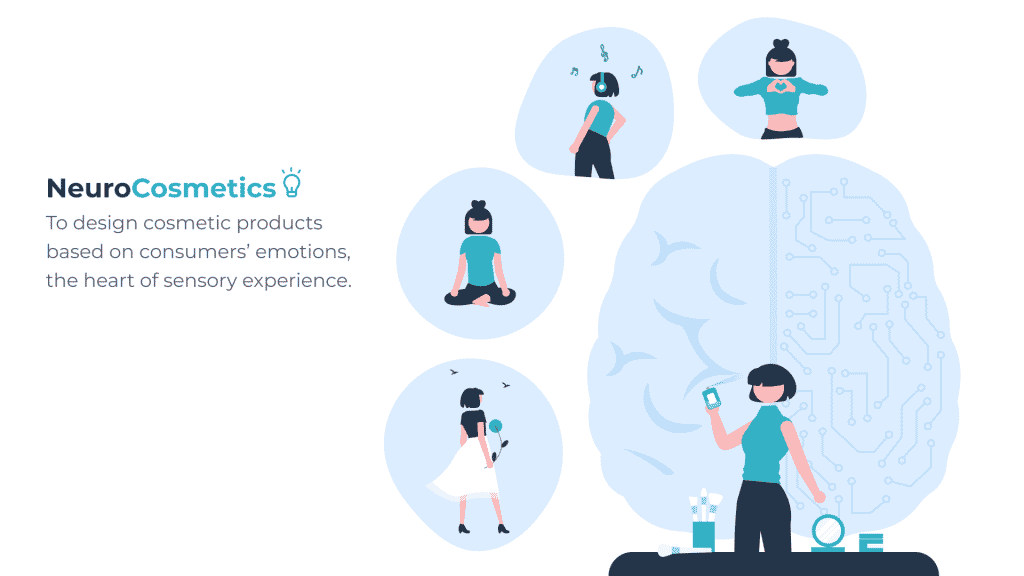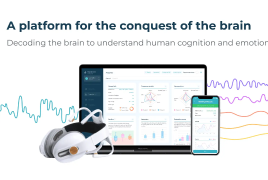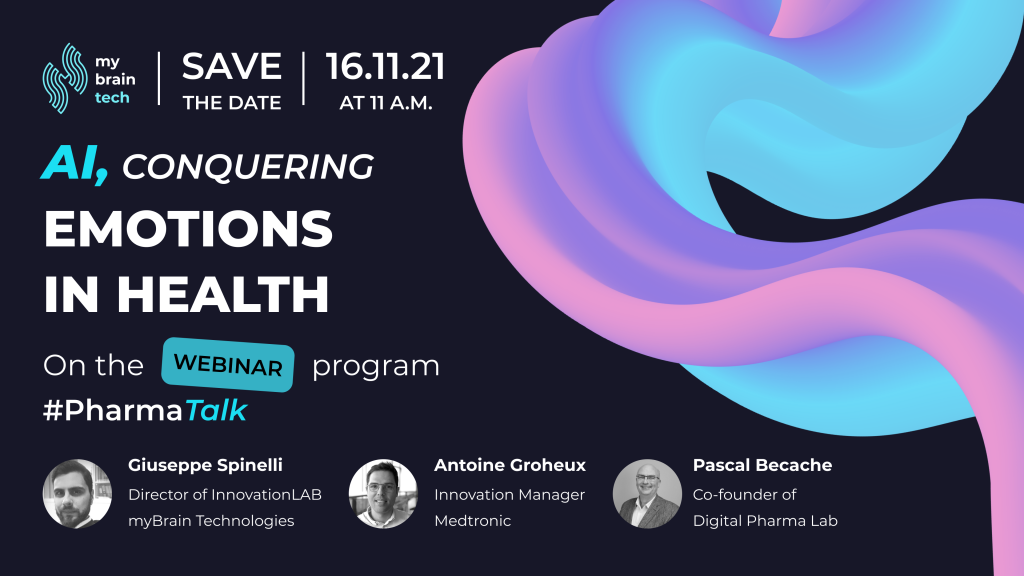NeuroDesign: to perfect the symbiosis between a product and the user experience.
NeuroDesign: to perfect the symbiosis between a product and the user experience.
Apr 21, 2022 • 5 min read • Download article
One of the key aspects of product strategy is to generate, identify and leverage insights that will provide the foundation to reach business objectives. Today these insights can come from a variety of sources including new technologies.
Data generated through real time brain monitoring can accompany teams throughout the design process. By mimicking the process of the brain, through user research, iteration and decision making, neurotechnologies add value throughout the product development chain to make new products more catered to human needs.
User Research.
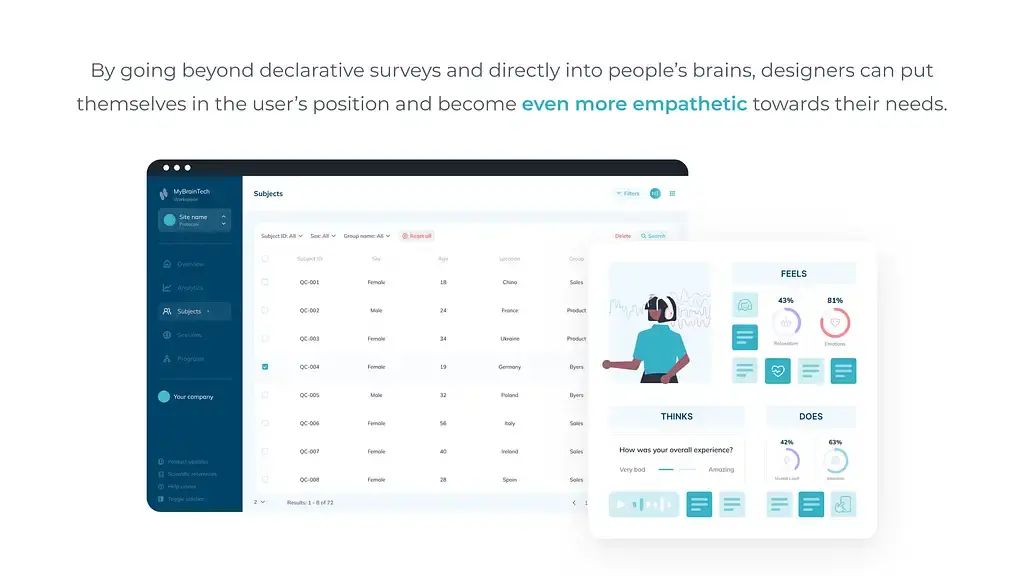
The user research phase is key to creating a successful product. To understand the mindsets and needs of the people you’re creating for, a whole new set of neurotechnologies with brainwave tracking devices are now available. The emotional reaction of the user is captured through brainwave monitoring in real time to give an accurate indication of the underlying preferences of a user. Real time brain activity data makes tangible abstract emotions and translates them into concrete solutions.
By going beyond declarative surveys and directly into people’s brains, designers can put themselves in the user’s position and become even more empathetic towards the user’s needs. Brain monitoring can give you access to your user’s perspective by measuring that a certain task generates a high level of negative emotion. Neuroergonomics offers an alternative to standard market research studies which rely on a subjective approach to valuation.
Qualitative testing of your product ideas with real users and customers is probably the single most important discovery activity for you and your product team. Neuroergonomics can help define the spectra of a product upstream thanks to brain responses and provide an accurate user research method that can be implemented as early as the ideation phase.
In a survey of 257 engineers from different industries (automotive, manufacturing, medical equipment), 85% believe that defining requirements is still a key factor in design and development (research report by Roopinder T. from engineering.com, Are we ready for digital twins ?). By centering the approach on direct human responses, we are engaging people to be part of the solution. This step is a rich source for ideation, direct user experience insights are a great source to generate ideas.
Iteration.
The design process is not linear, it is an iterative process where the practice of building, refining, and improving a project is in constant evolution. Iteration has become centerfold to the process of creating a successful innovative product. Much like the brain, which goes back and forth using trial and error to determine the best course of action, designers have mimicked this phase in their creative process.
Brain monitoring benefits multiple phases of the production chain. In a survey of 221 engineers from different industries (automotive, manufacturing, medical equipment), 68% of participants already use or want to use biomechanics and ergonomics to virtually test the behavior of their product designs in interaction with humans (research report by Roopinder T. from engineering.com, Are we ready for digital twins ?).
Data generated by neurotechnologies are an excellent tool to help you manage your team. By enabling more efficient engineering this technology will also optimize developer time which is expensive. An empowered product team needs a clear vision, learning from the user and constant iteration.
Instead of wasting time developing a useless solution, trends can be detected much earlier in the design process. This will save your teams a lot of time and a lot of unnecessary frustration. Brain monitoring can change the product strategy to leverage insights and lead to a larger opportunity for design.
Decision making.
The big insights that form the foundation of successful product strategies come from extensive analysis. Product managers spend hours studying data and user behavior. Today product teams are running live-data tests on a near to constant basis to determine the best outcome and course of action for the company. Brain monitoring and neuroergonomics reveal meaningful trends to solve customer problems with unprecedented precision and unlock potential opportunities for design.
The study of the brain offers invaluable insights into the needs of people. EEG generates a lot of objective data to optimize each step of product development. It is now possible to leverage the data generated by brain monitoring to create a database of consumer product sentiment to define advanced product recommendation.
Empowered product managers can use this latest technology to increase efficiency, lower costs and have a competitive advantage. It is now possible to build your own design testing protocole through the global brain assessment program to solve long lasting problems in new ways.
In conclusion.
Technology makes many things possible, but if it doesn’t deliver on the needs of the customer, it will not deliver on the needs of the business. The role of technology in design thinking is to perfect the symbiosis between a product and the user experience by leveraging direct user responses at multiple stages in the design process.
Real time brain activity data makes tangible abstract emotions and translates them into concrete solutions to put human needs at the center of product decision making. Empowered product teams can generate insights during the user research, iteration and decision making phases in order to create products better fit to human needs.
Related Articles
Get in touch
We are glad you are interested in reaching out to us. Whether you have a question about our products or want to give us feedback, we are here to help.
